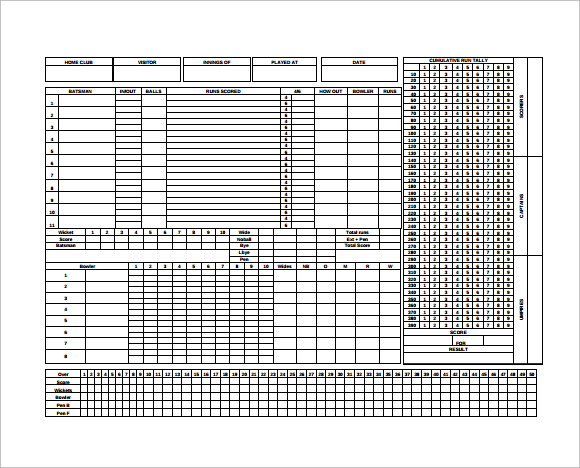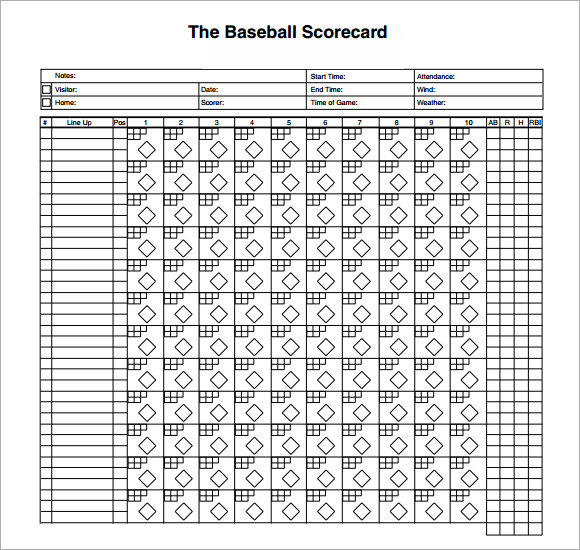
It has been known for scorers to use both methods in conjunction with one another, in case the computer goes down or runs out of battery. This additional information, however, does not form part of the critical role of a scorer, which is to keep track of the score of the game.

This gives additional charts tracking bowling placement and shot selection which can then be used at the coaching level.

Additional functions include being able to draw a line denoting where the ball went from the batting crease and where the ball pitched.
Wo mic client discord software#
Most software used for cricket scoring uses a form at the front end with buttons for the scorer to press to record ball by ball events. At the end of each over, the scorer may fill in an over analysis with the score at the end of the over, the number of wickets that have fallen, any penalties incurred and the number of the bowler in the analysis. Each section helps track the number of balls bowled in an over, any extras (such as Wide Balls and No Balls) and also any wickets (or dismissals). Using the book, the scorer fills out two main sections per ball, the bowling analysis and the batting analysis. The scorecard is colloquially known as The Book.
Wo mic client discord manual#
The manual method uses a scorecard and a pen. There are predominantly two methods that scorers use to record a game: manually and computerised. The ECB's Association of Cricket Officials provides training for scorers. Some cricket statisticians who keep score unofficially for the printed and broadcast media have become quite famous, for instance Bill Frindall, who scored for the BBC radio commentary team from 1966 to 2008, and Jo King. The official scorers occasionally make mistakes, but unlike umpires' mistakes these may be corrected after the event. In the English county game, the scorers also keep score on a computer that updates a central server, to meet the demands of the online press that scores should be as up-to-date as possible. For many important matches, unofficial scorers keep tally for the broadcast commentators and newspaper journalists allowing the official scorers to concentrate undisturbed. The media also ask to be notified of records, statistics and averages. For instance, cricket authorities often require information about matters such as the rate at which teams bowled their overs. While the scorers' role is clearly defined under the Laws of Cricket to be merely the recording of runs, wickets and overs, and the constant checking of the accuracy of their records with each other and with the umpires, in practice a modern scorer's role is complicated by other requirements. In contrast, scoring in the modern game has become a specialism, particularly for international and national cricket competitions. In early times runs scored were sometimes simply recorded by carving notches on a stick – this root of the use of the slang term "notches" for "runs". Sometimes details of occurrences between deliveries, or incidental details like the weather, are recorded. It is often possible to tell from a modern scorecard the time at which everything occurred, who bowled each delivery, which batsman faced it, whether the batsman left the ball or played and missed, or which direction the batsman hit the ball and whether runs were scored. Scorers also sometimes produce their own scoring sheets to suit their techniques, and some use coloured pens to highlight events such as wickets, or differentiate the actions of different batsmen or bowlers. More sophisticated score books allow for the recording of more detail, and other statistics such as the number of balls faced by each batsman. Simple score books allow the recording of each batsman's runs, their scores and mode of dismissal, the bowlers' analyses, the team score and the score at the fall of each wicket. While it is possible to keep score using a pencil and plain paper, scorers often use pre-printed scoring books, and these are commercially available in many different styles. So that the umpire knows that they have seen each signal, the scorers are required to immediately acknowledge it. This is the job of the umpires on the field of play, who signal to the scorers in cases of ambiguity such as when runs are to be given as extras rather than credited to the batsmen, or when the batsman is to be awarded a boundary 4 or 6.

The scorers have no say in whether runs or extras are scored, wickets taken or overs bowled.
Wo mic client discord professional#
In professional games, in compliance with the Laws of Cricket, two scorers are appointed, most often one provided by each team.

The scorer is someone appointed to record all runs scored, all wickets taken and, where appropriate, the number of overs bowled. Scoring in cricket matches involves two elements – the number of runs scored and the number of wickets lost by each team. How runs are scored and teams win a match


 0 kommentar(er)
0 kommentar(er)
